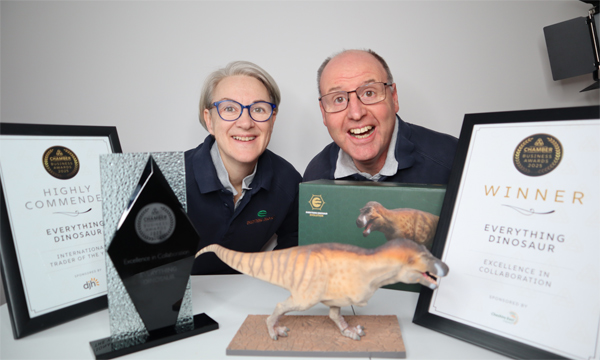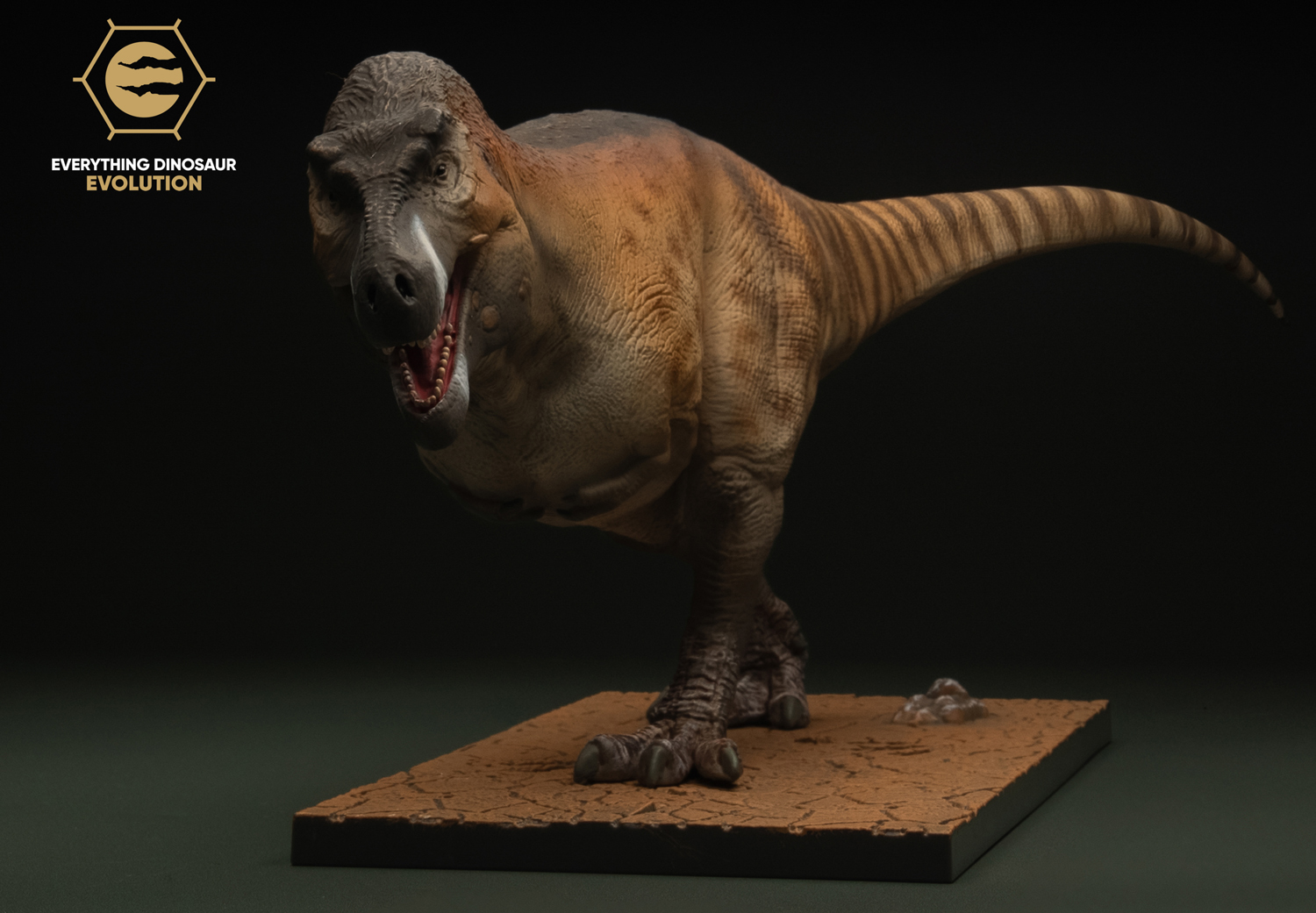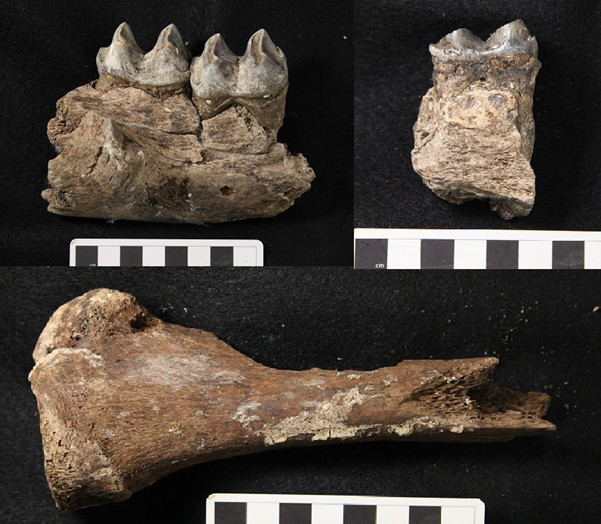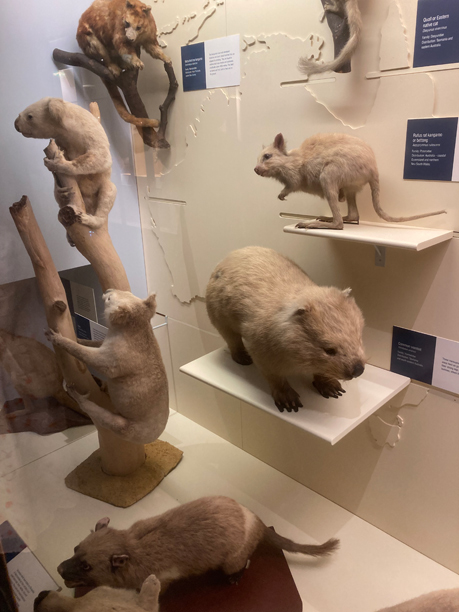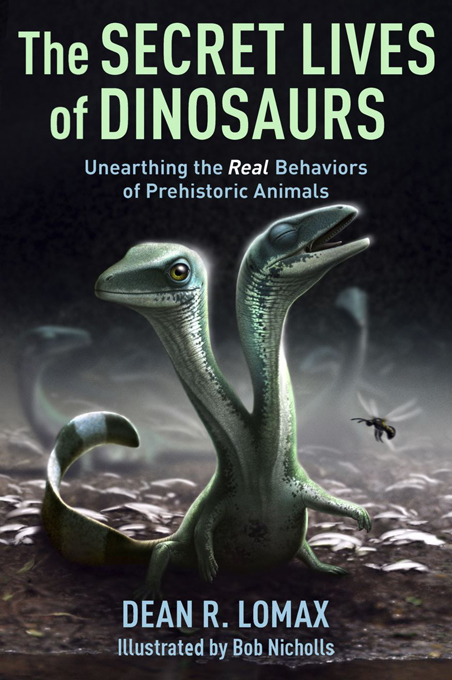Today, in collaboration with our chums at CollectA we can announce a further two, new for 2026 prehistoric animal models. Both figures represent Late Cretaceous dinosaurs and both figures have a declared scale of 1:40. The two figures are a CollectA Lokiceratops model and a CollectA Meraxes gigas. Both models are in the CollectA Deluxe range.
- CollectA Deluxe 1:40 scale Lokiceratops (L. rangiformis) – model measures approximately 16.5 cm long (Lo-key-sera-tops).
- CollectA Deluxe 1:40 scale Meraxes gigas – model measures approximately 27.5 cm in length (Mur-rax-ease).
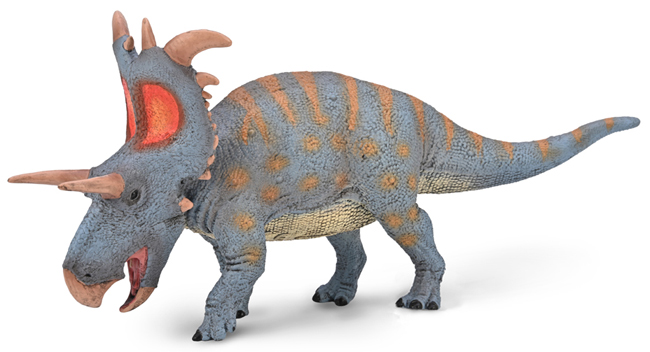
The new for 2026 CollectA Deluxe 1:40 scale Lokiceratops model.
The CollectA Deluxe Lokiceratops Dinosaur Model
Fossils representing a horned dinosaur (ceratopsian) were discovered in Montana by a professional fossil hunter. The material was initial thought to represent an adult Medusaceratops. However, detailed analysis revealed unique anatomical characteristics and the species Lokiceratops rangiformis was scientifically described in 2024 (Loewen et al). Epiparietal two on the headshield was huge. They curved downwards to from blade-like structures. In addition, the frill ornamentations are not symmetrical. The epiparietals the episquamosals on either side of the headshield are very different. The new CollectA Lokiceratops model reflects the orientation and the shape of these structures accurately.
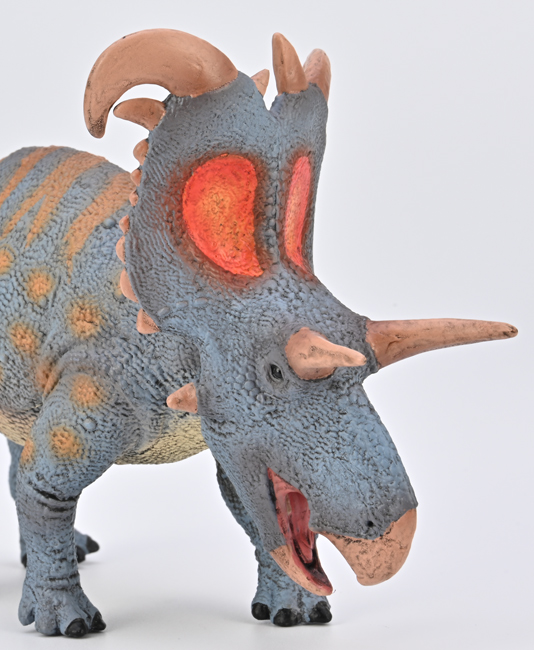
Close-up view of the asymmetrical headshield showing wide variation in the epiparietals the episquamosals of the CollectA Deluxe Lokiceratops model. The CollectA Lokiceratops model represents one of the largest centrosaurine dinosaurs known to science.
To read Everything Dinosaur’s blog post from 2024 about the discovery of Lokiceratops rangiformis: Lokiceratops a New Centrosaurine from Montana.
A Huge Member of the Centrosaurinae
Estimated to have been around 6.7 metres in length. Lokiceratops is one of the largest centrosaurine dinosaurs known to science. Large scales on the naris and fine details on the skin, including the addition of large, rounded scales can be observed in the close-up image above. In addition, the two prominent, sideways pointing brow horns and the bright skin patches where the headshield fenestrae are located give this figure a real presence.
Intriguingly, the figure is rumoured to have a prominent umbilical scar. This reflects research from 2022 on the distantly related Psittacosaurus (Bell et al). Not all dinosaurs may have retained this scar into adulthood. A persistent umbilical scar may not have been present in all the non-avian dinosaurs, but if it is there on the model, it is a pleasing nod in the direction of a recent study.
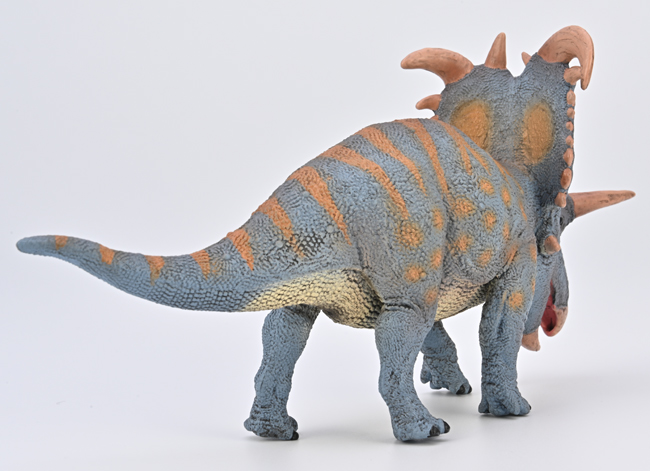
The CollectA Deluxe Lokiceratops 1:40 scale dinosaur model shown in posterior view. The CollectA Lokiceratops model has incredible skin texture, and the prominent fenestrae are highlighted on the rear of the headshield as well as at the front.
The Large Fenestrae in the Headshield
Skull material associated with this taxon reveals a pair of substantial holes (fenestrae) in the headshield. In life, these holes would have been covered in skin. The design team have equipped their CollectA Lokiceratops model with brightly coloured patches on the front of the headshield. The inference being that these patches would have played a role in visual communication, perhaps signalling herd dominance or fitness for breeding. In addition, as these features would have been observed on the back of the headshield, a more subtle colour scheme has been chosen for this part of the dinosaur’s body. This makes sense, after all, it is very likely that these animals moved in herds.
The patches of skin on the back of the headshield would have conveyed information to the other Lokiceratops that were following.

A view of the dramatic headshield of the CollectA Lokiceratops model. The frill itself was asymmetrical. This unusual feature suggests that horned dinosaurs had more variety in their ornamentation than scientists previously thought. The blade-like second epiparietals inspired the genus name. This dinosaur was named after the blade-wielding Norse god Loki.
The CollectA Deluxe Meraxes gigas
The second new CollectA prehistoric animal model announced today is Meraxes gigas. It too is a 1:40 scale figure. The dinosaur model shown in the images is a prototype, we believe the production figure will have an articulated lower jaw.

The new for 2026 CollectA Deluxe Meraxes gigas figure. The production model is likely to have an articulated lower jaw.
Fossils of a large carcharodontosaurid dinosaur were discovered in 2012 in exposures of the Huincul Formation of Patagonia. The fossils, which include extensive skull material represent one of the most complete specimens found to date of a carcharodontosaurid. Meraxes was formally named and described in 2022.
Histological analysis of the bones suggest that this predator could have been more than fifty years old when it died. It is one of the oldest known non-avian theropods. The model has been given keratinised lips in keeping with recent research. The teeth would not have been visible when the mouth was closed. In addition, the forelimbs are greatly reduced. The forelimbs of Meraxes gigas were disproportionately small. A trait observed in other types of theropod such as the abelisaurids and tyrannosaurs.

The CollectA Deluxe Meraxes gigas figure is lipped. It follows a trend for creating lipped theropod models following the publication of recent research (Cullen et al 2023) that proposed that most theropod dinosaurs possessed extraoral tissue that was probably highly keratinised.
In the picture (above) the enlarged claw on the second toe of each foot can be observed.
To view the range of CollectA Deluxe figures in stock: CollectA Deluxe Prehistoric Animal Models.
Prominent Crests
The model has prominent bony crests on its snout. The bright red colouration chosen by the design team supports the hypothesis that this facial feature demonstrated maturity and played a role in visual communication. It is thought that this theropod measured around ten to eleven metres in length. The genus name was inspired by a female dragon in George R. R. Martin’s book series “A Song of Ice and Fire”, which inspired the television series “Game of Thrones”. Interestingly, the eyes on the model are small, this reflects the known skull material.

A posterior view of the new for 2026 CollectA Meraxes gigas dinosaur model.
The model has been given a striking colour scheme. The painting is thought to have been inspired by the colouration of the six-banded Patagonian lizard (Diplolaemus sexcinctus). This lizard is found in the same part of Patagonia where the Meraxes fossils were found. Thus, a link is provided by CollectA between the extinct and extant reptilian fauna of Patagonia.
Confirming the Declared Scale
The CollectA Deluxe Meraxes and the CollectA Lokiceratops model have a declared scale of 1:40. How does the declared scale compare with the known fossil material? Actually, we think both models are in approximately 1:40 scale, their scale fits the size assessment for the dinosaur based on the fossils.
- Lokiceratops rangiformis – estimated length 6.7 metres. Therefore, a model in 1:40 scale would be approximately 16.75 cm long (the CollectA Deluxe Lokiceratops measures 16.5 cm).
- Meraxes gigas – estimated length 10 to 11 metres. Therefore, a model in 1:40 scale would be between 25 to 27.5 cm (the CollectA Deluxe Meraxes model measures 27.5 cm).
Sue from Everything Dinosaur commented:
“The declared scale for these two figures is quite accurate. We are looking forward to stocking these two CollectA Deluxe dinosaurs.”
These models will be in stock at Everything Dinosaur some time in 2026, possibly in the spring.
To read last week’s blog post announcing the first new for 2026 prehistoric animal from CollectA: New CollectA Prehistoric Animal Models for 2026 (Part 1).
The Everything Dinosaur website: Prehistoric Animal Models and Toys.













